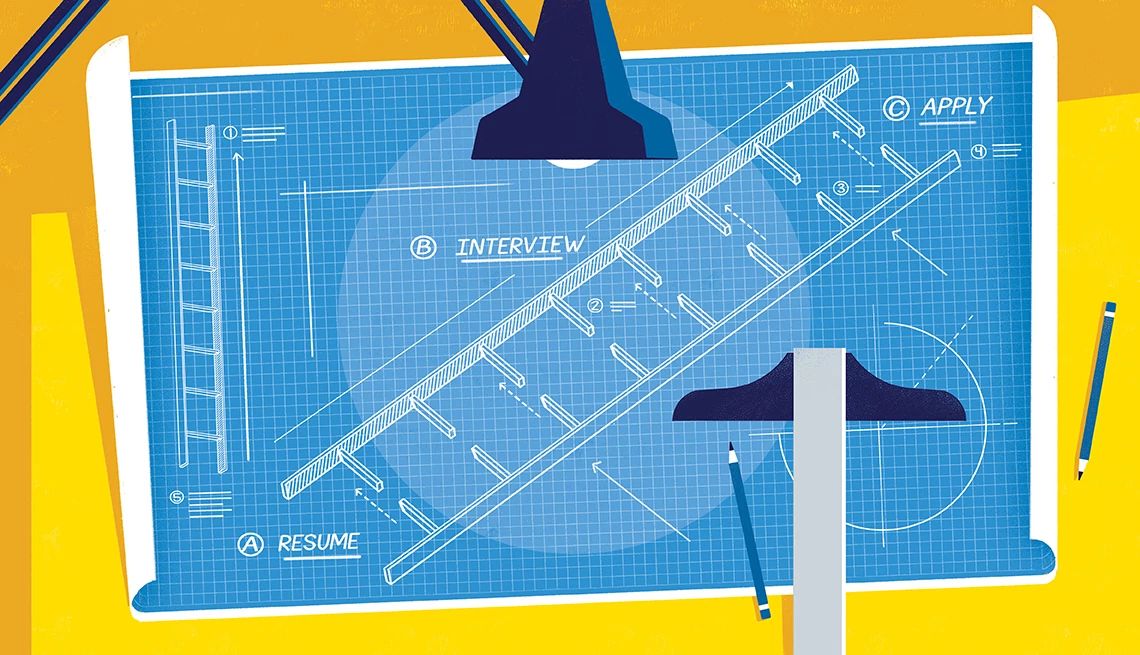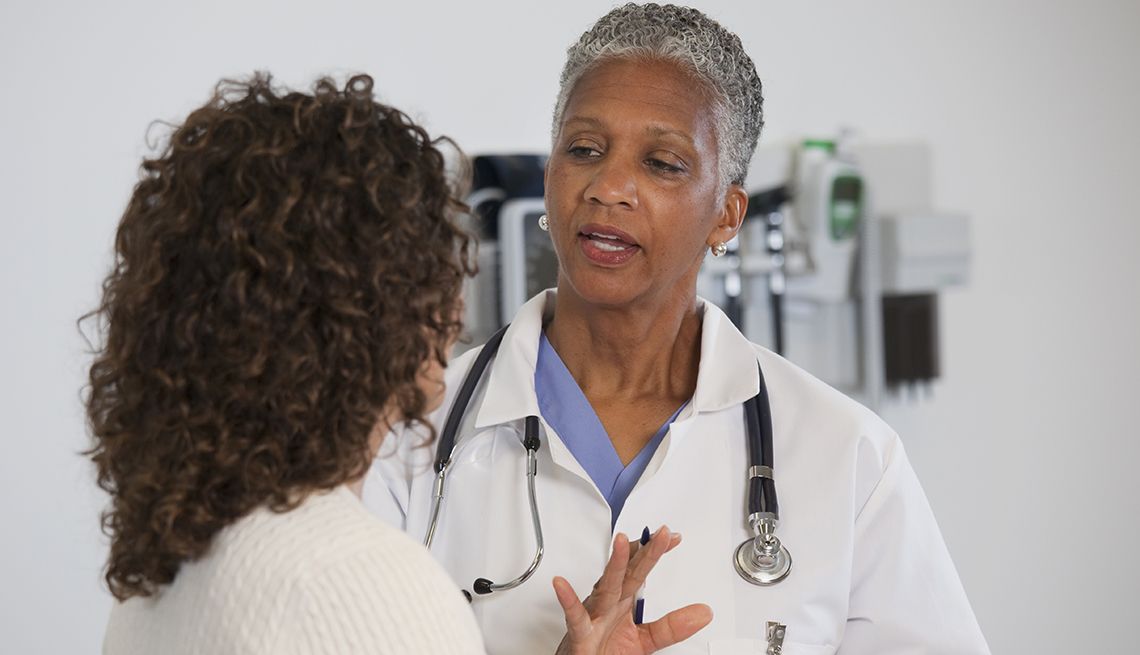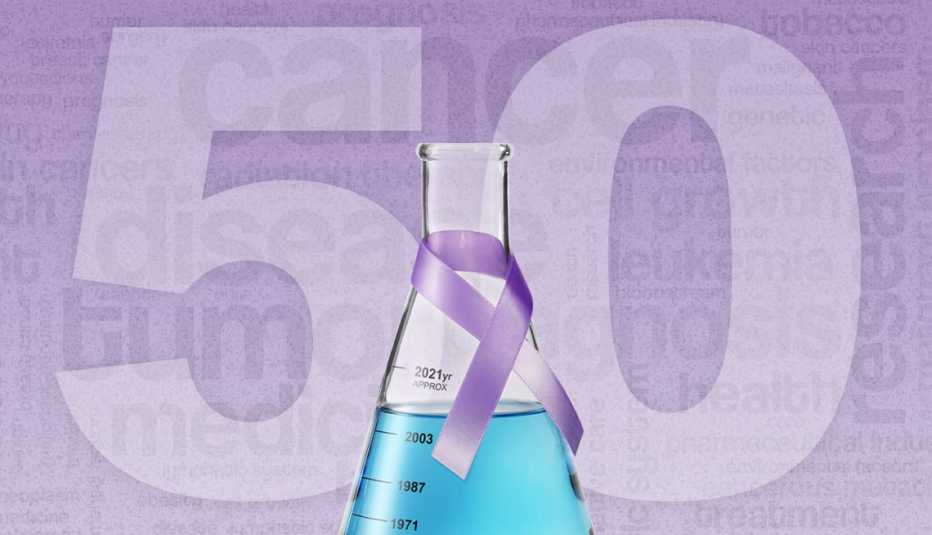AARP Hearing Center
In a perfect world, no one would ever get breast cancer. In the next best world, all breast cancer would be caught at the earliest, most treatable stage — a point at which most people have no symptoms and cancers in women are typically found by screening mammograms. But even among women who carefully follow screening guidelines, the first sign of breast cancer can be a lump or other change in the breast.
That’s why it’s so important, cancer experts say, for women to know their breasts, notice changes and get them checked out promptly.
“You don’t want to get to the point where there are changes in the breast, if that’s possible,” says Karen Knudsen, chief executive officer of the American Cancer Society.
When women skip screenings, or cancers are missed or develop between mammograms, a quick reaction to possible symptoms can make a big difference in treatment outcomes, says Ethan Cohen, M.D., an associate professor of breast imaging at the University of Texas MD Anderson Cancer Center.
“We do see quite a few people who say something like, ‘Yeah, I felt this lump six months ago, and it just kept growing and growing,’ ” Cohen says. “Please don’t do that.”
These are among the changes that should trigger a call to your health care provider:
1. A new lump in your breast
That’s, by far, the most common sign of breast cancer, Knudsen and Cohen say. A painless, hard mass with irregular edges is most worrisome, but a soft, round or tender mass can sometimes be cancer as well, according to the cancer society.
Important to know: Most lumps are not cancer. They can be benign cysts or normal breast tissue that feels lumpy. Monthly hormonal cycles and the approach of menopause can create lumpiness as well.
2. Thickening or swelling of the breast
Even if you don’t feel a lump, if your breasts are normally the same size and one suddenly looks larger, you should get it checked out.









































































